
Purdue University: Kennel Space and Flooring
Dog welfare is more than just food, water, and good physical health. Several aspects of the environment can impact a dog’s welfare. Dogs have a very different sensory experience from humans.

Answer: Canine parvovirus is a highly contagious and dangerous virus that affects primarily young, unvaccinated dogs. The virus causes life-threatening vomiting, diarrhea and dehydration. Vaccination is crucial to minimize the spread and exposure to our canine companions.
Parvovirus can infect unvaccinated dogs of any age, but commonly affects puppies between the age of 6 weeks to 6 months. Dogs get exposed by ingesting the virus, which is shed in the feces of infected dogs up to two weeks before any symptoms develop, and two weeks after the signs resolve. Parvovirus is hardy in the environment and resistant to many household disinfectants, making it able to survive in the right conditions for up to a year. This makes it easier to spread even without any known direct contact with another dog.
The virus attacks a few parts in the body, primarily the intestines, where it destroys the inside lining. This damage leads to bacteria leaking out of the intestines and into the bloodstream. Another site the virus targets is the bone marrow, which can weaken the immune system and lower the dog’s ability to fight infection. The combination of weakened immunity and overwhelming bacteria in the bloodstream can lead to life-threatening consequences and death if left untreated.
The earliest signs of parvo begin with lethargy, followed by decreased appetite and vomiting. The signs typically progress quickly then to diarrhea which often contains blood and mucus, and has a foul odor. Other signs include:
Any puppy or unvaccinated dog with signs of vomiting and diarrhea should be tested for parvovirus. A relatively quick and inexpensive test can be performed by looking for the virus in the feces or a swab of the rectum. Your veterinarian will likely also recommend blood work. Some dogs may be anemic from blood loss in the intestines, or have very low blood sugar levels from the combination of severe illness and lack of sugar reserves in young patients. Because there may be more than one cause of vomiting and diarrhea, additional tests may be performed such as X-rays, ultrasounds or additional fecal samples.
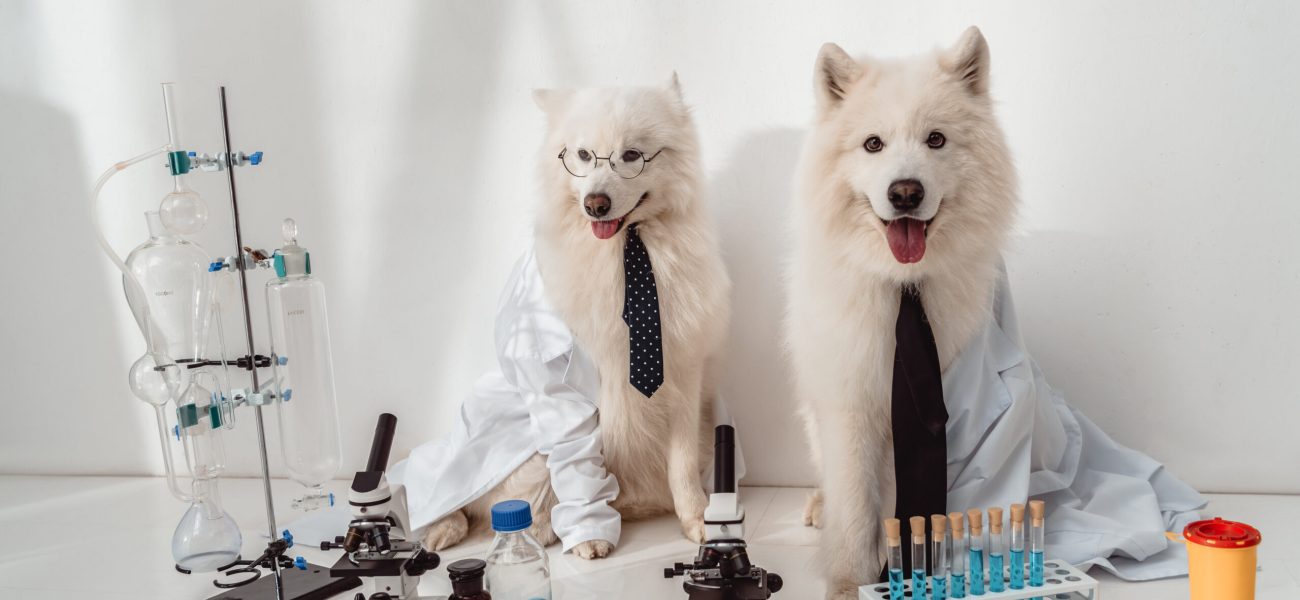
IV fluids and management of electrolytes are the cornerstone of treatment for parvo. Antibiotics are given to prevent secondary infections, along with medications to help relieve vomiting, nausea and pain. De-wormer should be given since many puppies also have intestinal parasites that can worsen diarrhea. If the sugar levels are low, IV supplementation will be required.
Nutrition is a very important part of treatment. Since most patients are not eating enough on their own, some may require a temporary feeding tube that goes into their nose and directly into the esophagus or stomach to provide nutrients.
Severe cases may also need a treatment called a plasma transfusion, which helps replenish loss of clotting factors and blood proteins, such as albumin which are important for maintaining blood pressure.
Patients with parvo require close monitoring and should ideally be hospitalized where they can receive the care and attention they need. However, in situations where there may be financial barriers to hospitalization, outpatient therapy has been successful for many dogs — as long as the owner can give medications and adhere to a rigorous schedule of daily checks with their veterinarian to ensure the dog is responding to treatment.
Survival from a parvovirus infection is possible, but depends on age, size and how sick the dog is when owners first seek care. Most patients will not survive without treatment. Starting medical treatments when illness first sets in will increase the likelihood of recovery.
The top three ways to prevent infection are:
when dogs are unvaccinated or still a puppy Parvovirus is a core vaccination for dogs and critical for protection against infection. Vaccination typically starts at 8 weeks (but may start as early as 4 weeks in shelter settings) followed by a booster every 2-4 weeks until 16-20 weeks of age. A booster is given the following year, and then generally every 3 years thereafter.
Because parvovirus is very contagious and hardy in its environment, proper disinfection is crucial. Dogs with parvovirus should be isolated during their treatment, and for up to 2 weeks after recovery.
Most common household cleaners will not kill parvovirus. Properly diluted bleach (1:30 ratio with water) is effective when left to soak for at least 10 minutes after all organic material (feces, food, etc.) has been already removed. Without disinfection or direct sun exposure, the virus may survive in the environment for months to years.
Dr. Aly Cohen is an extension veterinarian for the Cornell Richard P. Riney Canine Health Center and a clinical instructor for Cornell’s Maddie’s Shelter Medicine Program. She also serves as the contract veterinarian for the Ross Park Zoo in Binghamton, New York. Dr. Cohen graduated from the Ross University School of Veterinary Medicine, and her veterinary interests include surgery and emergency medicine. She has two Pomeranians named Mishka and Java.
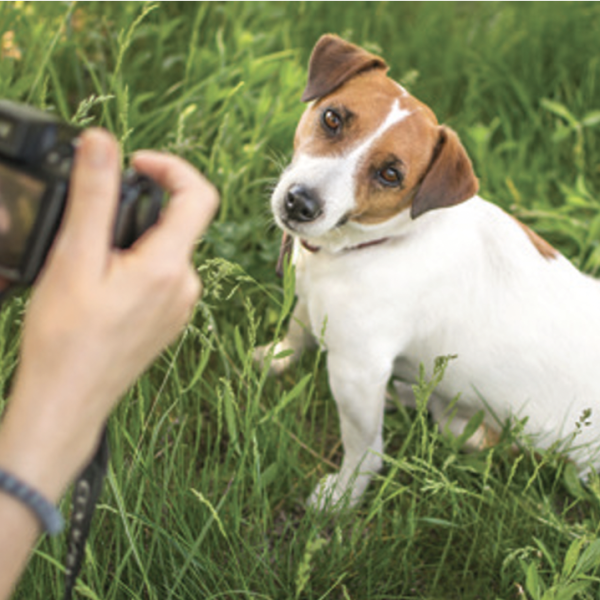
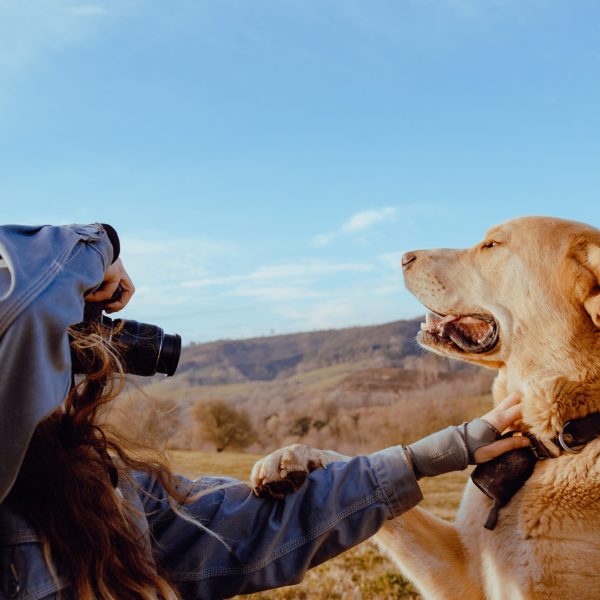
There are several things that anyone can easily do to help their photographer get excellent photos of your puppies.
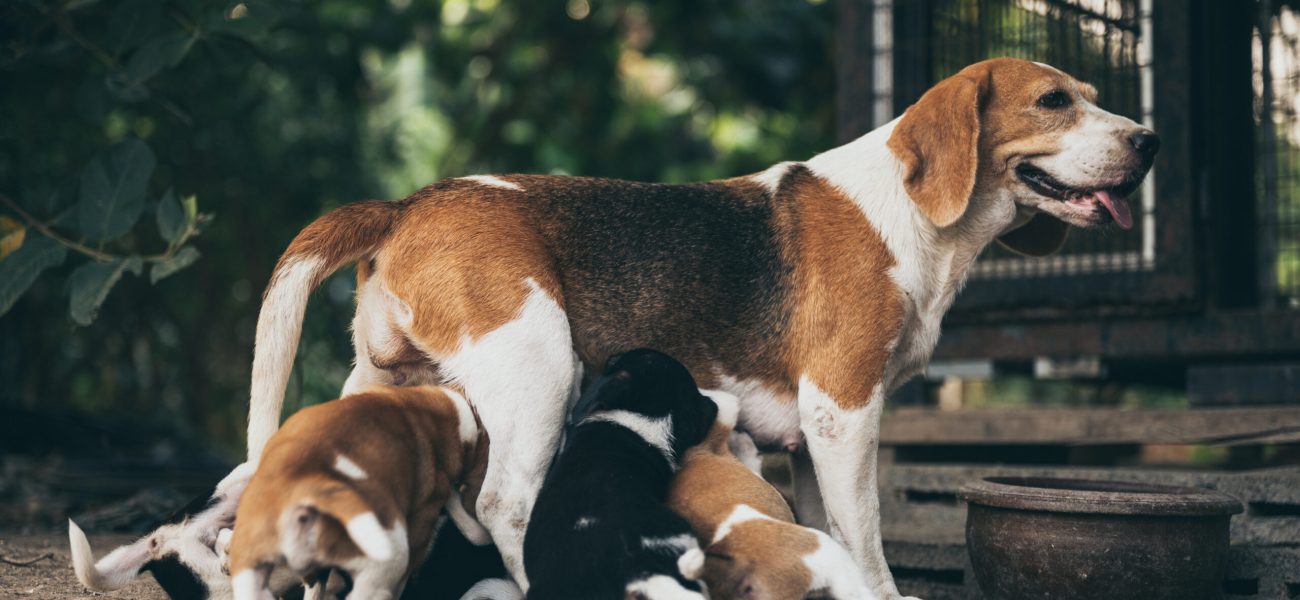
Answer: Certain females will be predisposed to milk fever (hypocalcemia) a condition in which there is there is lower than average levels of calcium in the blood plasma. This occurs around the time of birth and during the first few days of lactation, when their milk production is rising, and can continue for one to four weeks, or until the female is at peak production. It’s important to watch for signs of milk fever. Symptoms include muscle tremors, nervousness, and high body temperatures. If a dog shows signs of this life-threatening condition, immediate action is needed. Most times, a good dose of calcium takes care of the problem.
If a female gets low in calcium, it can make it hard for her to deliver her puppies, as calcium is needed for muscle contractions. However, do not give calcium until the first puppy is born. This is why veterinarians may give the hormone oxytocin and calcium to help strengthen urine contractions.
Answer: Do you have customers who want to pay with a credit card? Do you have customers worried they are being taken advantage of? Consumer Safety Group is a company that stands in the middle to guarantee a Scam-Free Transaction for both you and your customer giving peace of mind and helping establish trust all around.
Our desire here at Consumer Safety Group is to help make the payment process as smooth and efficient as possible. We offer a safe and secure payment method for those who don’t have internet access. It is a $100 one time setup fee, then the account is yours for life. As soon as the account is set up for you, we will send out a packet of paper explaining the steps to walk your customer through the payment process. In that packet, there will be detailed and colored pictures helping you answer any questions your customers may have about the Consumer Safety Group.
How it will work: We will link your payment option directly to your puppies ads on Lancaster and Buckeye Puppies, making it easy and resourceful for your customers. However, if you do not advertise with them, we are able to send out the payment link so you can place it onto your puppy ads. You will be notified within minutes of a payment being made. We accept all down payments and complete payments. Making sure to check over every order and confirming it is a safe and scam-free payment for you. There are no monthly or annual fees, but we work with a per-transaction fee. Meaning for every payment, you as the seller would have a 4% and your customer would have a 10% transaction fee. Any and all payments we receive for you will be directly deposited into your bank account. For payments over $300, if terms and conditions are followed you would be completely covered if your customer came back for their money or any mishap may occur.

Dog welfare is more than just food, water, and good physical health. Several aspects of the environment can impact a dog’s welfare. Dogs have a very different sensory experience from humans.
And, drumroll please, here is the last part of the four part series of the Panel Discussion covering Advertising, Marketing, Branding, Social Media, Website Creation, and more. Hats off to all of the dedicated contributors that have taken the time to put their thoughts on paper.
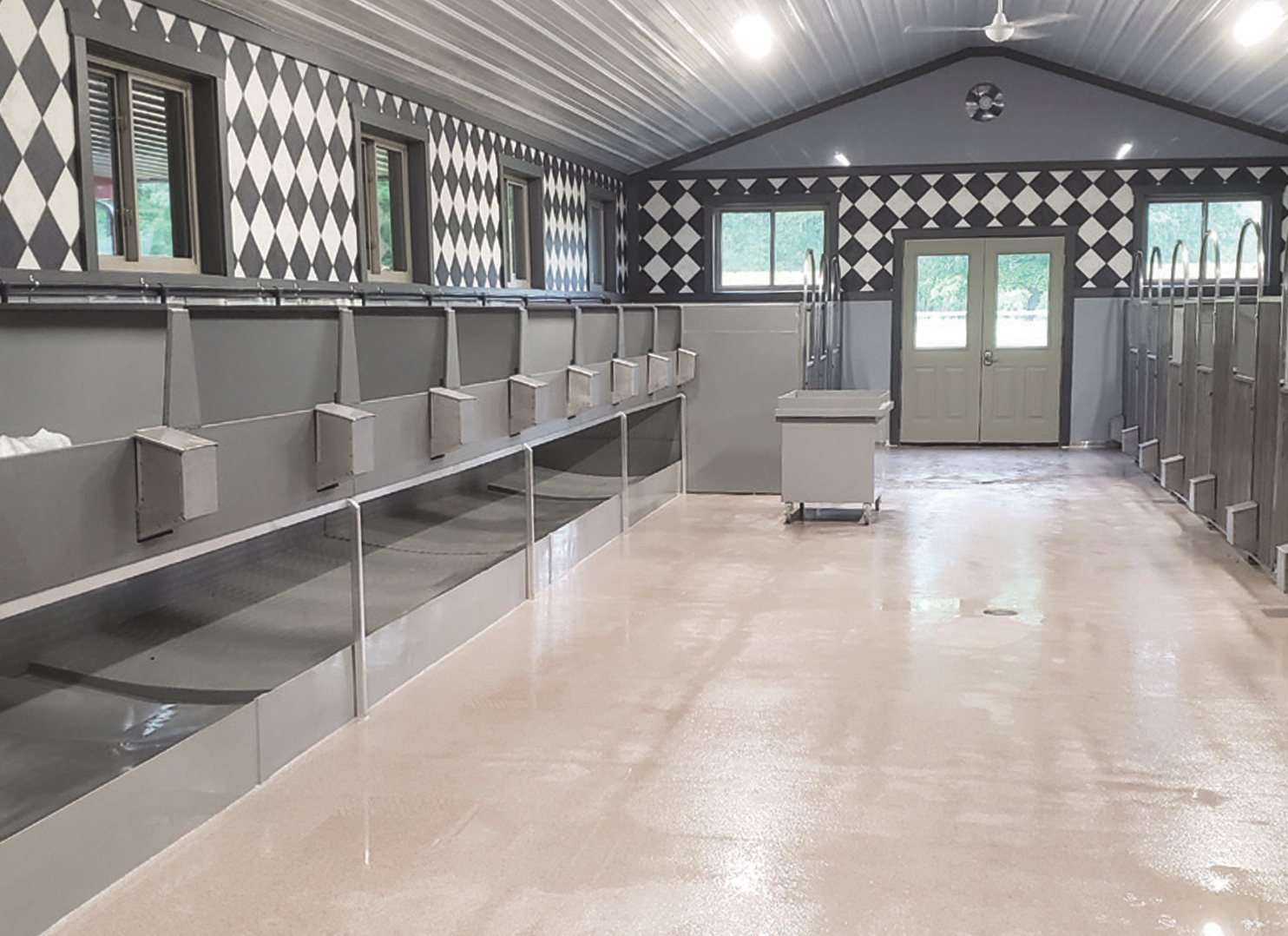
Some of the benefits of permanent structures are more stability, as well as the fact that the building can be repurposed at any point, if a breeder decides to move or leave the industry. The thing is, almost all of the features and options that are available in permanent structures are now also available in portable buildings, so that’s nice.